Furuno's All-New ECDIS Series
Designed By Navigators...For Navigators
Camas, WA, July 23, 2013 – One of the most important developments in the world of commercial shipping is a set of new regulations mandating the installation of Electronic Chart Display and Information Systems (ECDIS). As a longtime player in international ECDIS fittings, Furuno has been working to deliver a fresh and affordable ECDIS system for the thousands of vessels that are now, or will soon be required to install ECDIS on board. With that, Furuno is proud to introduce their new FMD3x00 series of ECDIS Systems.
Furuno has already established itself as a world leader in ECDIS, with more than 5,000 units sold worldwide. Early in the FMD3x00 design phase, Furuno enlisted the support and insight of experienced commercial Navigators. This special focus group worked closely with Furuno system engineers to assist in developing a product that is not only innovative, but also easy to understand and operate from a practical navigator’s perspective.
IMO (International Maritime Organization) regulations already require ECDIS on certain newly built passenger vessels and tankers. New cargo vessels will be required to fit ECDIS no later than July 1st, 2014. Existing ships will begin to be affected by these regulations at the same time, with final fitting dates scheduled for 2018-2019. It is easy to see just how significant and far-reaching these regulations are.
Furuno has refined the operation of their new FMD3x00 ECDIS series, utilizing an all-new intuitive and task-based Graphical User Interface. This eliminates the user from “menu-hunting” and it incorporates a new, unique “InstantAccess Bar” to make features easily accessible. The chart redraw on the new ECDIS series is instantaneous when panning and zooming, and a new spilt screen mode allows for chart display at different scales on the same screen. As a bonus, they can be seamlessly networked with up to four Furuno’s FAR2xx7 Radars for target overlay, TTM, route and waypoint display on the Radar screen with no additional expense or hardware requirements.
The FMD3x00 ECDIS allows for up to five profiles to be customized by individual watchkeepers. This allows each team member to customize their own personal settings, then save and recall their profile as needed. A special playback function allows the bridge team to replay a voyage for training or review purposes. A handy screen shot feature allows users to save the entire screen image for future reference and exportation for training or diagnostic purposes. Furthermore, a customizable conning display is standard on the FMD3x00 series and may be utilized simply by connecting an additional monitor.
The FMD3200 includes a 19” LCD display, while the FMD3300 has a 23” LCD display. Also available is the FMD3200BB, which is a Black Box version that allows you to connect virtually any size monitor. While the IMO does not currently recognize “BB” configurations for mandated vessel fittings, there are some advanced applications in which the BB makes a lot of sense. One possibility is as a route-planning station, while another is using the BB as an easy retrofit kit for existing Furuno FEA2107 ECDIS installations, replacing old keyboards and processors, resulting in a “new” ECDIS without modification of vessel consoles or pedestals. The FMD series ECDIS is fully type approved with existing MU201CE and MU231CE monitors.
All of the FMD3x00 ECDIS systems are delivered pre-loaded with official NOAA S57 ENC and IENC Inland Waterways Charts. A broad catalog of charts is also offered, such as Jeppesen/C-MAP Professional with Dynamic Licensing, IHO/S57 download, Admiralty Raster Chart Services (ARCS) and Admiralty Vector Chart Services (AVCS).
The technology behind Furuno’s new ECDIS series is certainly state-of-the-art, but one of the most important features is the fact that this ECDIS is extremely functional and navigator-friendly. This is a direct result of Furuno working closely with their experienced customer base to identify what features were essential, which functions weren’t necessary, and most importantly, how to make electronic navigation safer and more efficient.
###


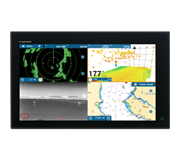 NavNet MFDs
NavNet MFDs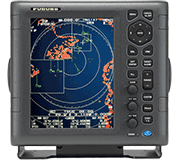 Radars
Radars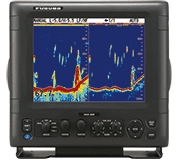 Fish Finders & Transducers
Fish Finders & Transducers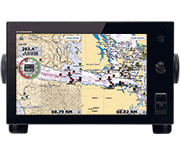 GPS & Chart Plotters
GPS & Chart Plotters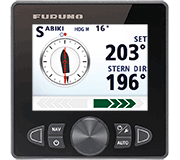 Autopilots
Autopilots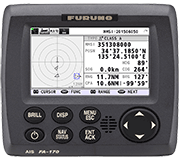 Navigation
Navigation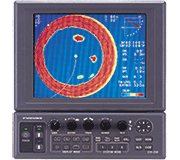 Sonars
Sonars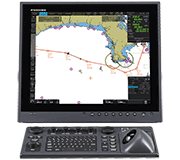 Commercial
Commercial